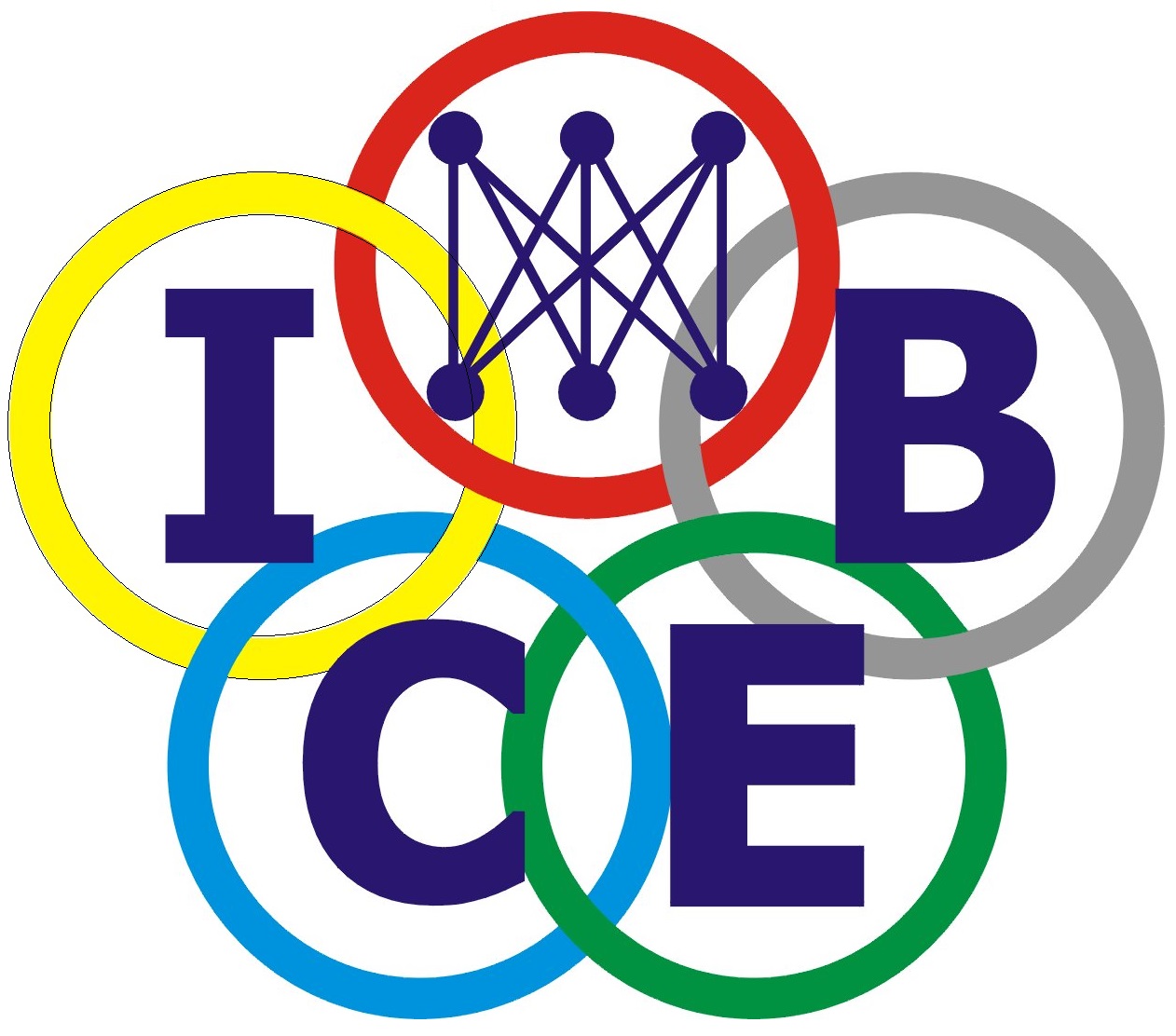Document Type
Article
Abstract
The rise of Web 2.0 paradigm has empowered the Internet users to share information and generate content on social networking and media sharing platforms such as wikis and blogs. The trend of harnessing the wisdom of public using Web 2.0 distributed networks through open calls is termed as ‘Crowdsourcing’. In addition to businesses, this powerful idea of using collective intelligence or the ‘wisdom of crowd’ applies to different situations, such as in governments and non-profit organizations which have started utilizing crowdsourcing as an essential problem-solving tool. In addition, the widespread and easy access to technologies such as the Internet, mobile phones and other communication devices has resulted in an exponential growth in the use of crowdsourcing for government policy advocacy, e-democracy and e-governance during the past decade. However, utilizing collective intelligence and efforts of public to find solutions to real life problems using web 2.0 tools does come with its share of associated challenges and limitations. This paper aims at identifying and examining the value-adding strategies which contribute to the success of crowdsourcing in e-governance. The qualitative case study analysis and emphatic design methodology are employed to evaluate the effectiveness of the identified strategic and functional components, by analyzing the characteristics of some of the notable cases of crowdsourcing in e-governance and the findings are tabulated and discussed. The paper concludes with the limitations and the implications for future research.
Recommended Citation
Sowmya, Jayakumar and Pyarali, Hussain Shafiq, "The Effective Use Of Crowdsourcing In E-Governance" (2013). ICEB 2013 Proceedings (Singapore). 13.
https://aisel.aisnet.org/iceb2013/13


